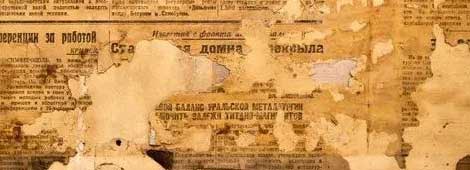


he deacidification of bound books presents additional challenges. The soaking of a book in an aqueous solution swells the paper sheets. This can cause some bindings to or the pages to become wavy. In addition, the drying of a bound volume, while preserving its flatness, is more difficult and time-consuming. Accordingly, some libraries and deacidification services have instituted rebinding of books as a routine practice associated with acidification. Such practices increase the complexity and cost of deacidification of books. Thus, the most widely used deacidification methods that have been applied to whole books have been based on non-aqueous treatments, of which there are several competing systems. These have become known as mass deacidification programs.